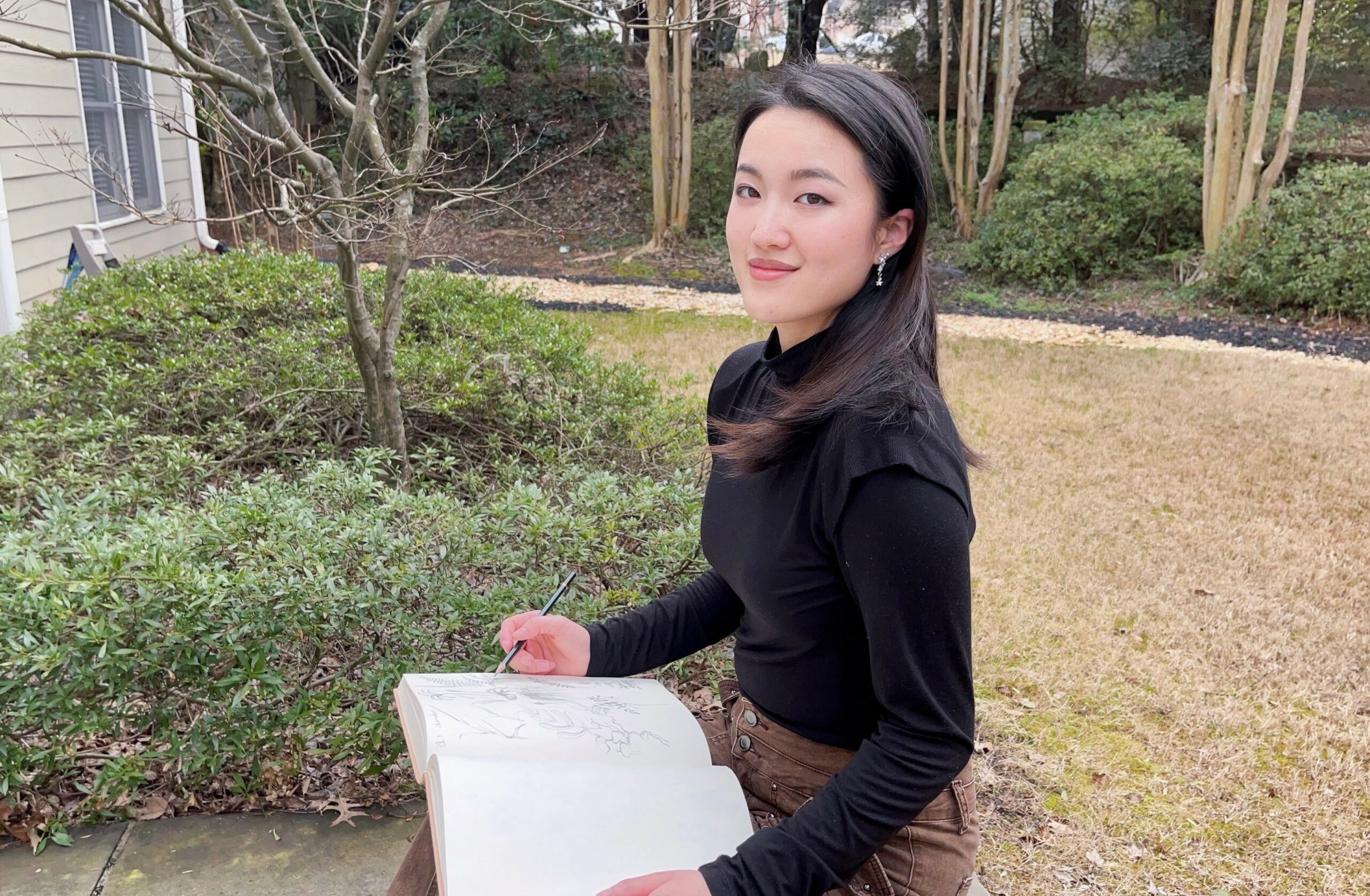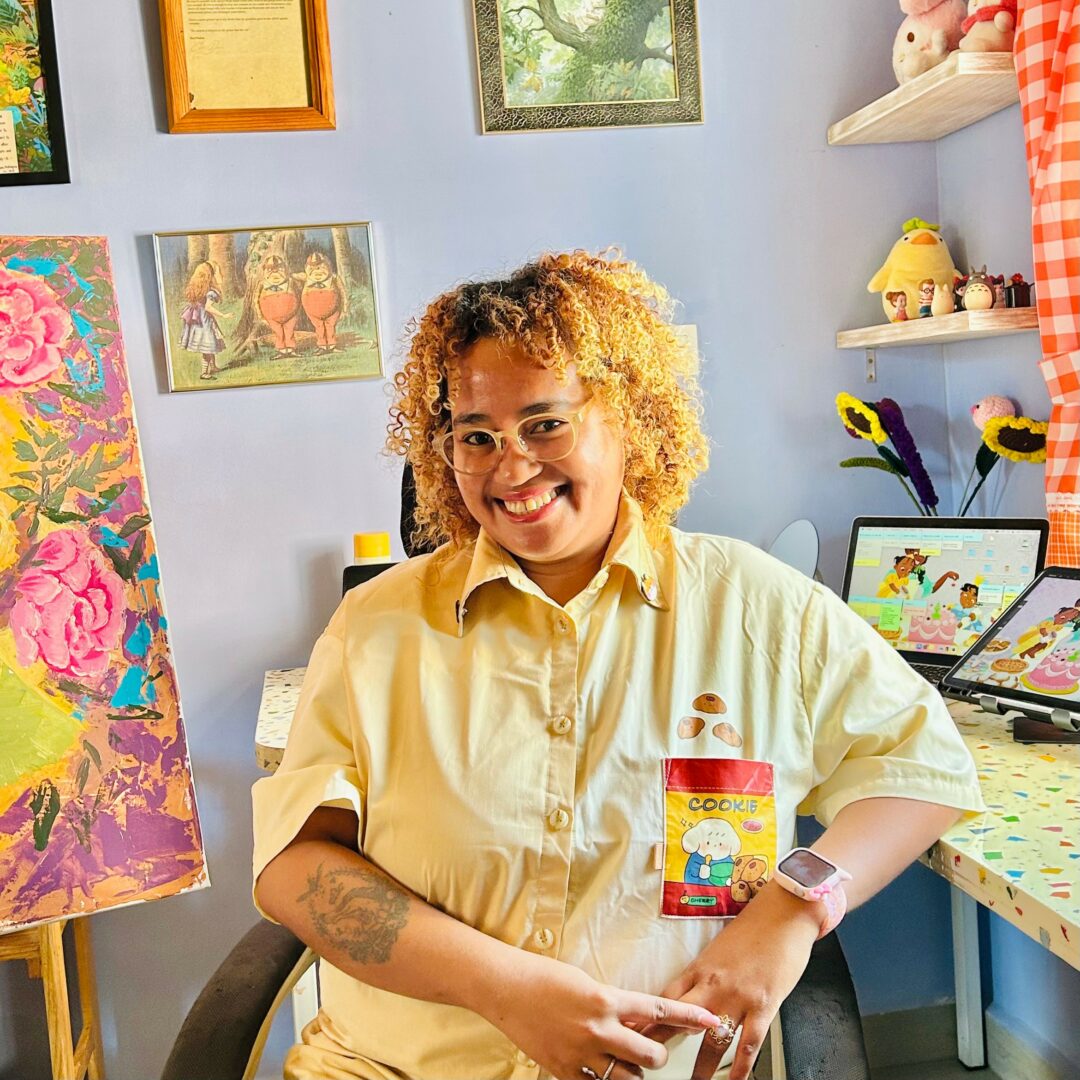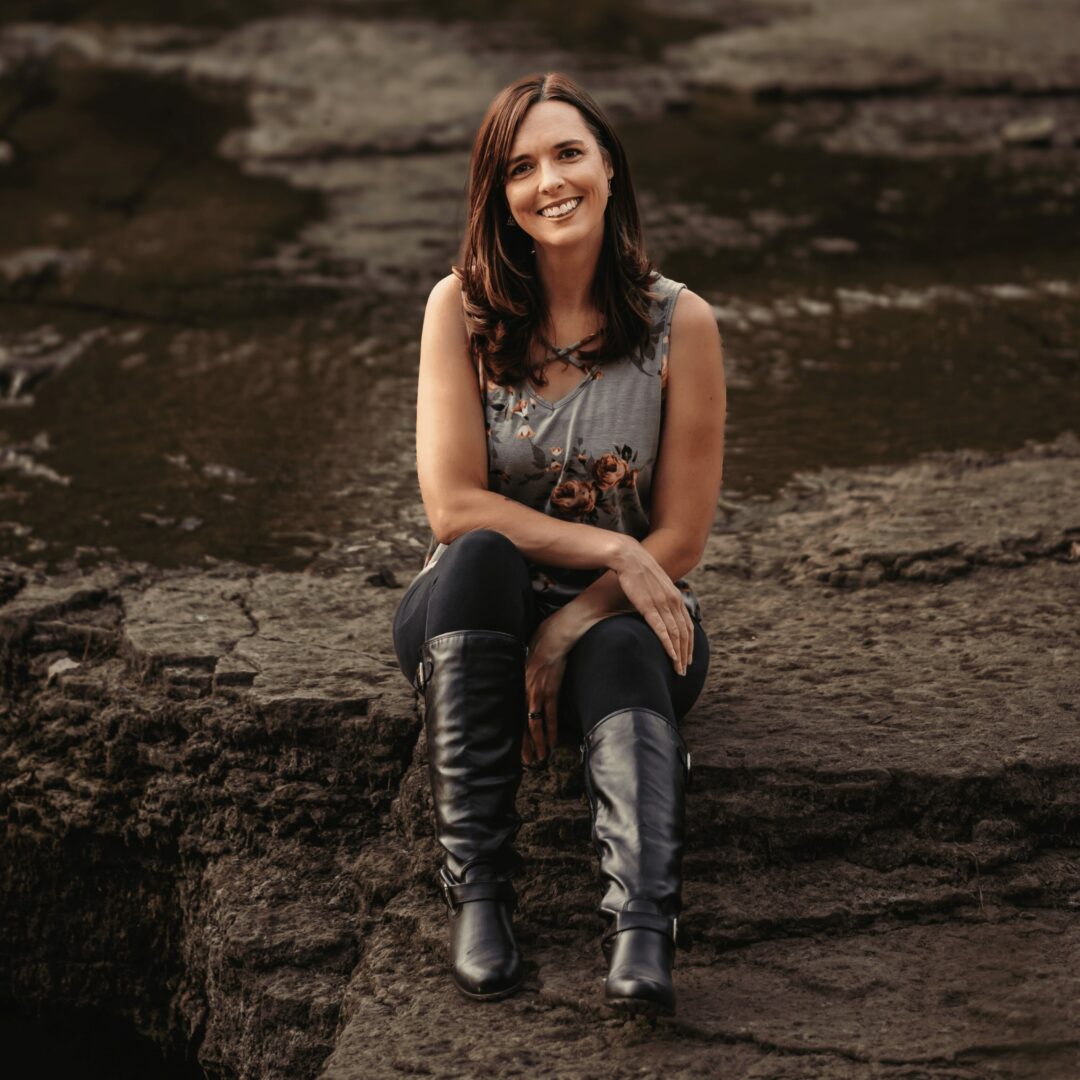We caught up with the brilliant and insightful Yokiz Xi a few weeks ago and have shared our conversation below.
Hi Yokiz, really happy you were able to join us today and we’re looking forward to sharing your story and insights with our readers. Let’s start with the heart of it all – purpose. How did you find your purpose?
My journey into the art world has been quite a ride. I was doing traditional arts back when I was in high school. I love the texture and the versatility of mixed media, and that created a dream of me becoming a traditional artist. However, in my Freshman year of college, my art direction started leaning towards game art. It was a stage of my life where I was addicted to games, I was really drawn into the many worlds of fantasy. I believed I could unleash my creativity by crafting new worlds and characters, bringing to life everything imagined within my mind. That continued on for around two years, then I switched towards a completely different direction – illustrating for publications. It dawned on me that in game art, having to commit to a specific style limits my ability to develop and grow my own artistic voice. It is important for artists to build their own unique identities, and what I want is to be able to explore that freedom of expression that art allows. It’s true, regardless of the art path you choose, there’s often a market standard to match. However, in the publication art–which is art for books, magazines, and advertising– within these markets I have more freedom on the exploration of my art style. Drawing from my background in both traditional and game art, I approach my current work with a unique perspective. I aspire to be an artist that truly discovers oneself with the many artistic languages that express who I am. Art is a journey of self-discovery. It’s about getting to the heart of why we create what we do. For me, creating art is about bringing joy and contemplation to people’s lives. While art may not offer immediate and physical assistance to society like professions such as law enforcement or advocacy, I’ve always pondered how art can contribute to society in its own distinctive manner. Editorial illustration allows me to depict topics relevant to our world, projecting thought and reflection. Additionally, I find joy in decorative illustrations, as their beauty and charm bring happiness to people’s lives. These values and experiences have guided me towards understanding my purpose as an artist.
Let’s take a small detour – maybe you can share a bit about yourself before we dive back into some of the other questions we had for you?
Currently, I’m engaged in a variety of projects spanning book covers, children’s books, editorial illustrations, and advertising. However, I’m eager to further explore diverse markets and witness how my art adapts and resonates across different markets. Illustrating narrative-rich and enchanting scenes for children’s books holds a special place in my heart. The inherent healing, nurturing, and educational qualities of children’s book illustrations resonate deeply with me. Additionally, delving into editorial art allows me to tackle complex concepts and shed light on pressing global issues. This aligns with my artistic mission of spreading joy, beauty, and thoughtfulness. Reflecting on my portfolio, I’ve discovered that I love to experiment with colors, leading me to create illustrations that evoke fun and joy.
Looking back, what do you think were the three qualities, skills, or areas of knowledge that were most impactful in your journey? What advice do you have for folks who are early in their journey in terms of how they can best develop or improve on these?
In my journey, perseverance, dedication, and introspection stand out as the most impactful qualities. I persistently strive to enhance my craftsmanship, refine techniques, and, above all, grow my unique artistic voice. Immersing myself deeply in subjects that intrigue me, I seek to uncover the essence of their appeal. Over time, patterns in my artistic preferences begin to emerge, guiding my creative direction. I often reflect on why a particular piece resonates with me—whether it’s the intelligence of the concept, its visual appeal, or the emotional connection it fosters. For me, the ultimate measure is whether it touches my heart. This emotional resonance is a key indicator of what genuinely captivates me.
Do you think it’s better to go all in on our strengths or to try to be more well-rounded by investing effort on improving areas you aren’t as strong in?
An artist’s skill set is vast, and different markets require distinct abilities. However, honing foundational skills remains a lifelong pursuit for all artists. In my view, the most effective strategy involves identifying and concentrating on one key area for improvement at a time. I believe the foundational skills can be categorized into four main parts: structure, value, color, and textures. It’s not about perfecting one area in isolation, but instead learning should be iterative, like a cycle. You can start by improving each category by 10%, then revisit and enhance each by another 10% in subsequent rounds. I firmly believe that this is the best pathway for skill improvement in art. Focusing on one area at a time enables deeper understanding and mastery.
Contact Info:
- Website: https://www.yokizxi.com/
- Instagram: @yokizxi
- Linkedin: https://www.linkedin.com/in/yokiz-xi/
- Other: [email protected]
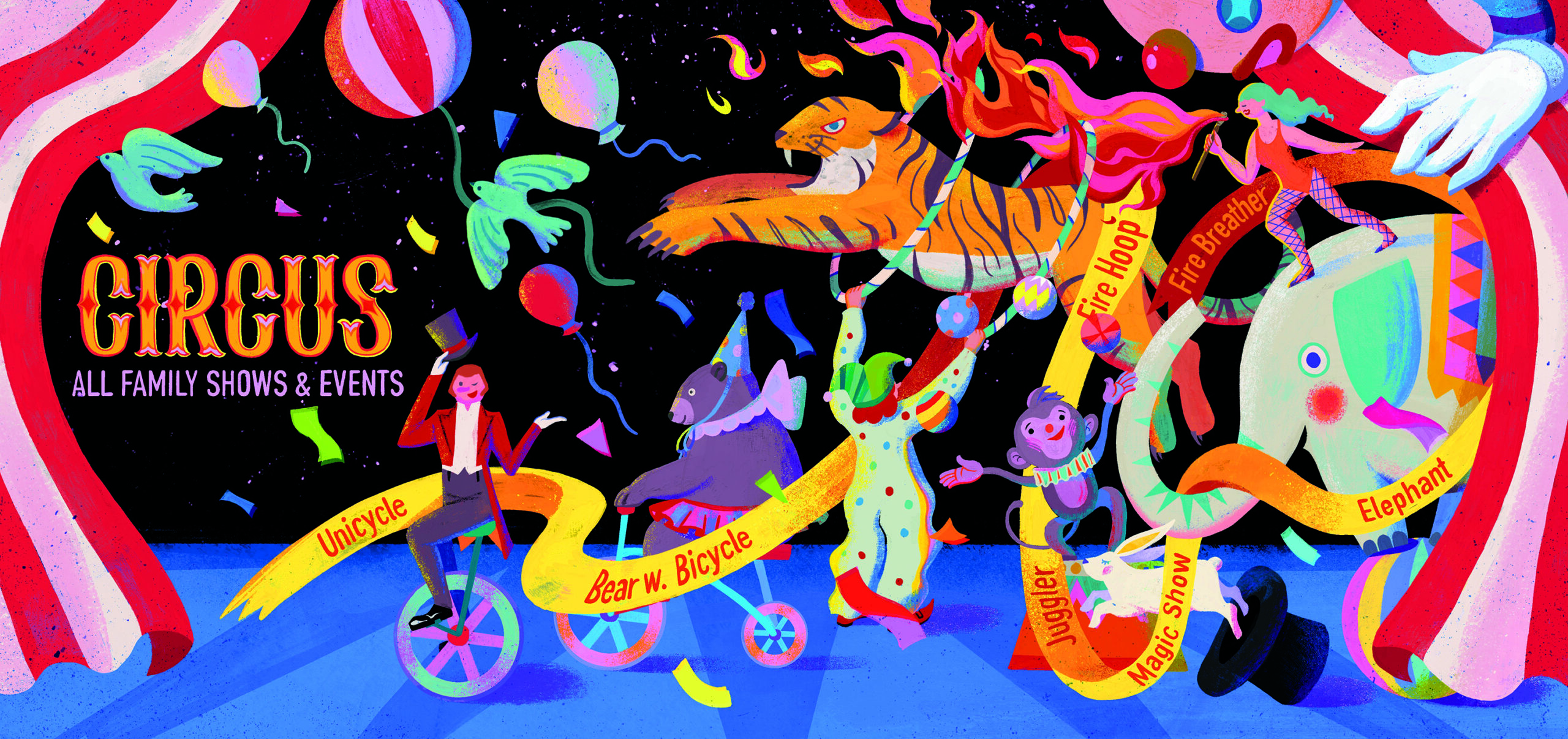
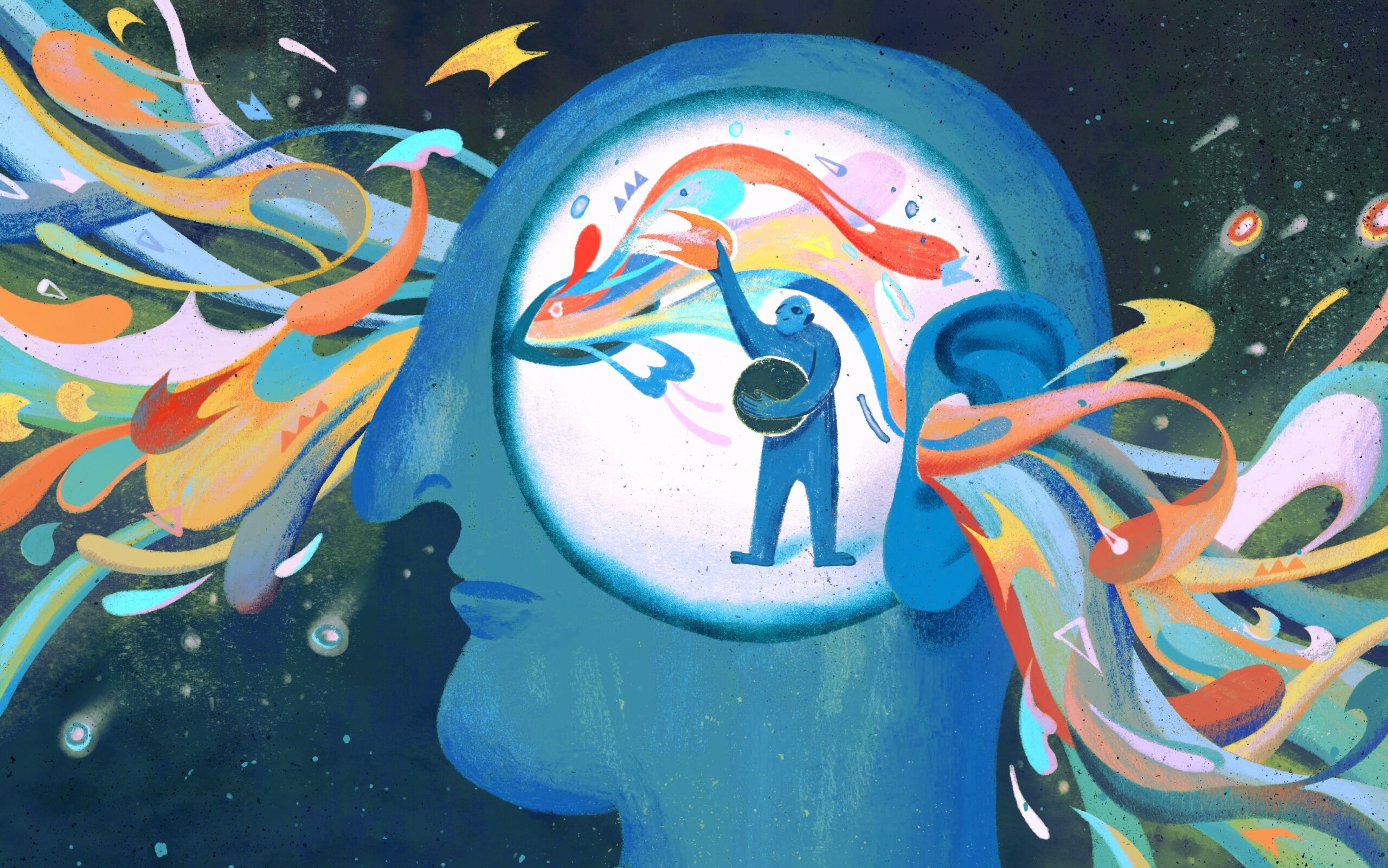
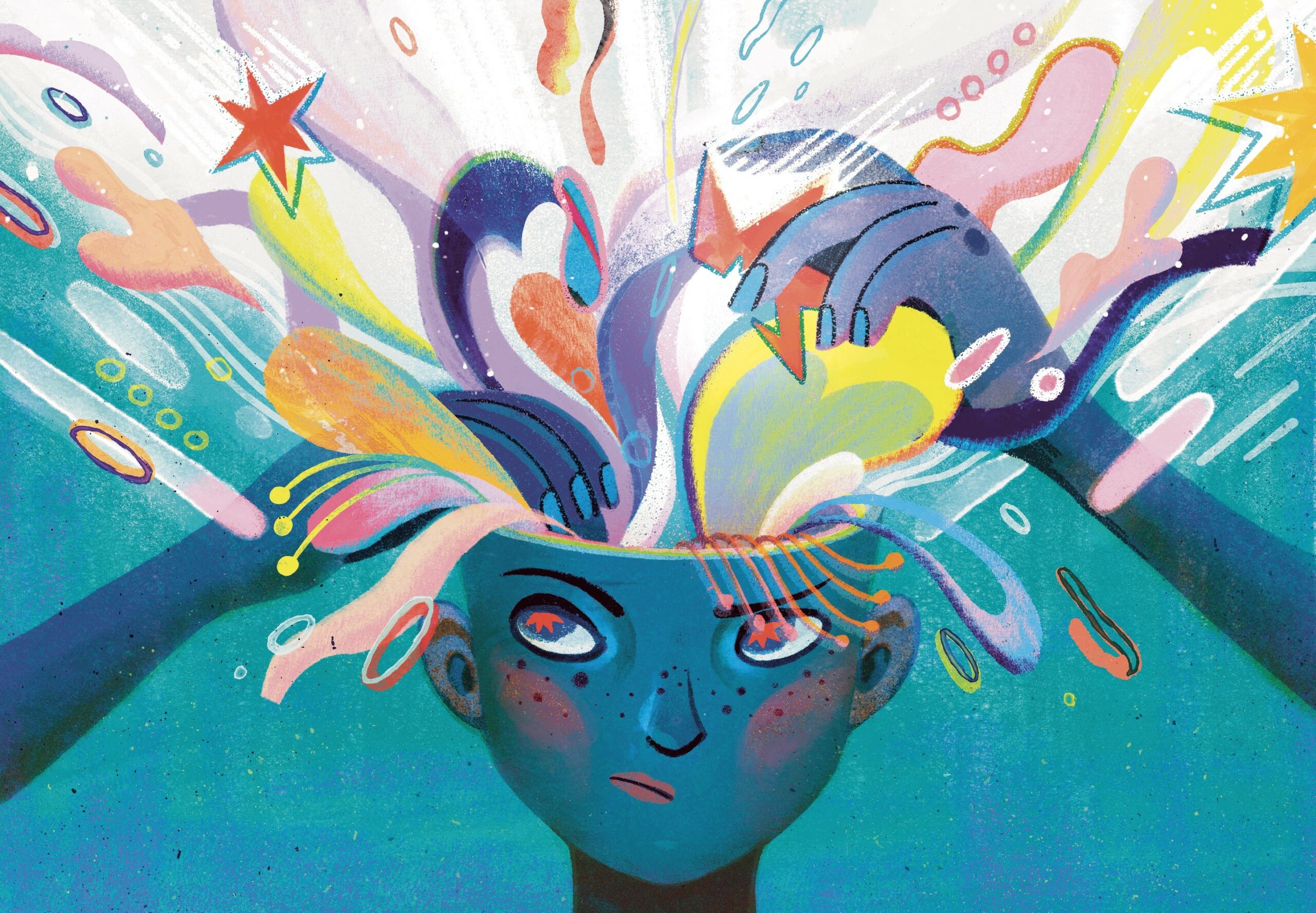
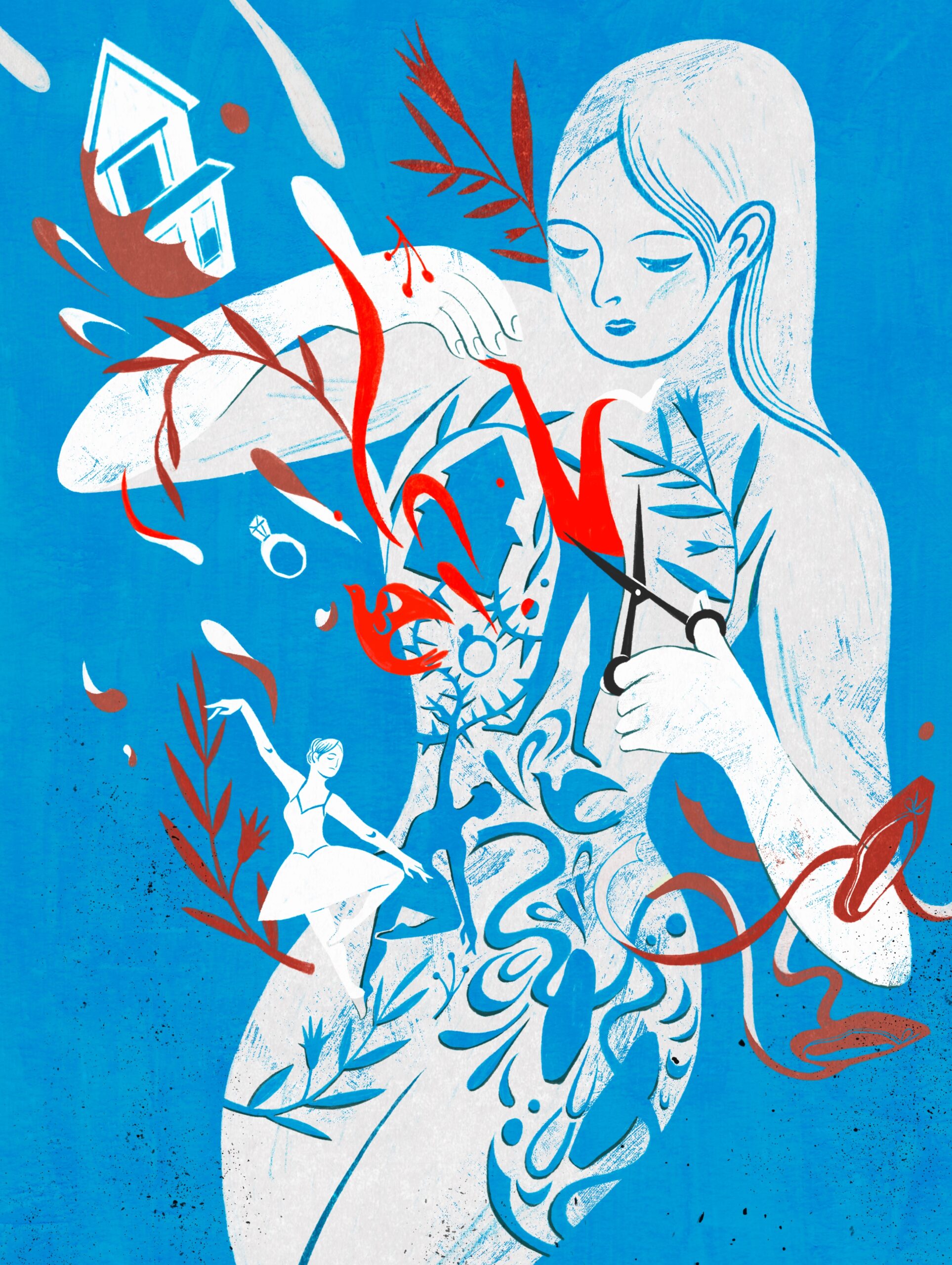
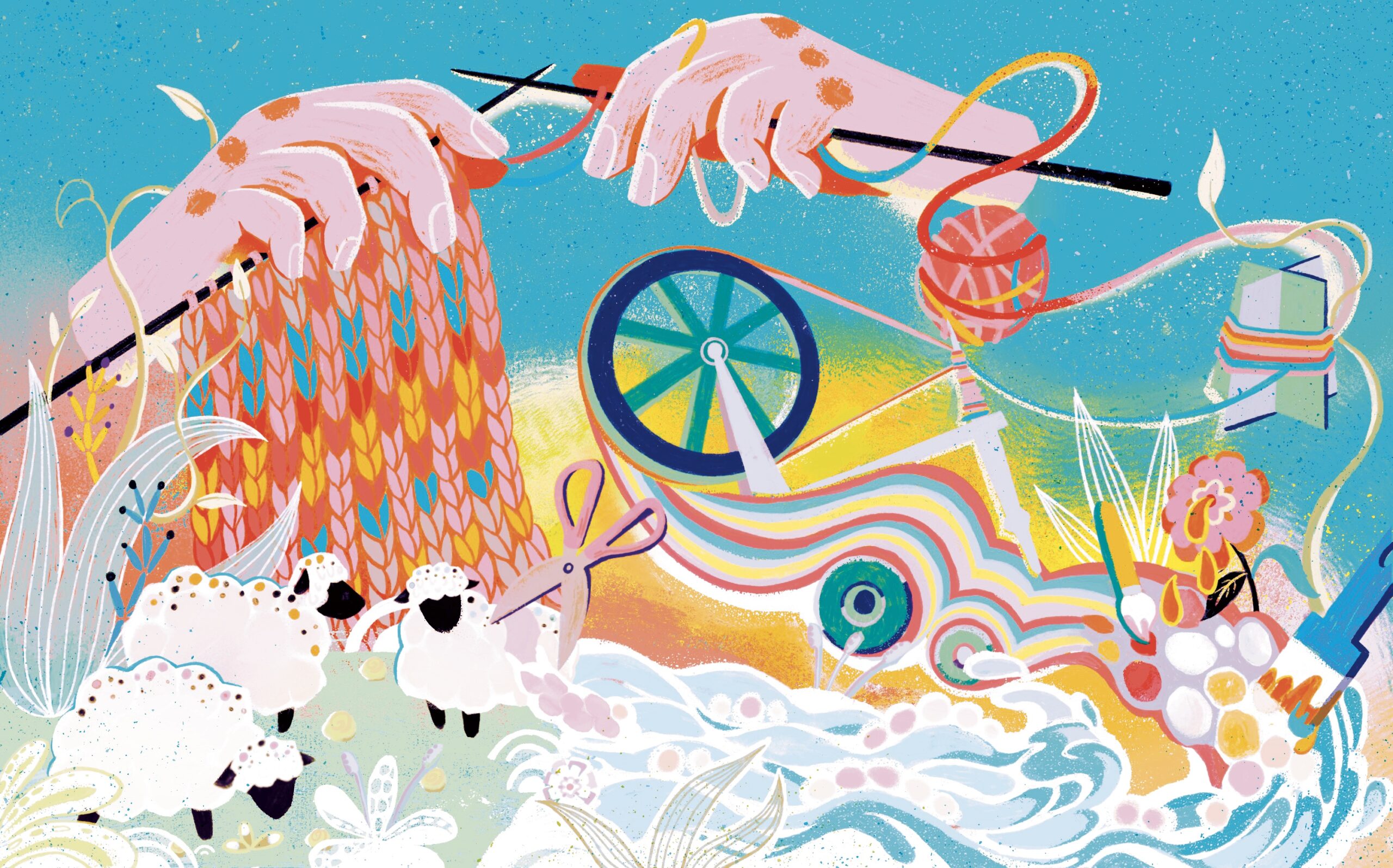

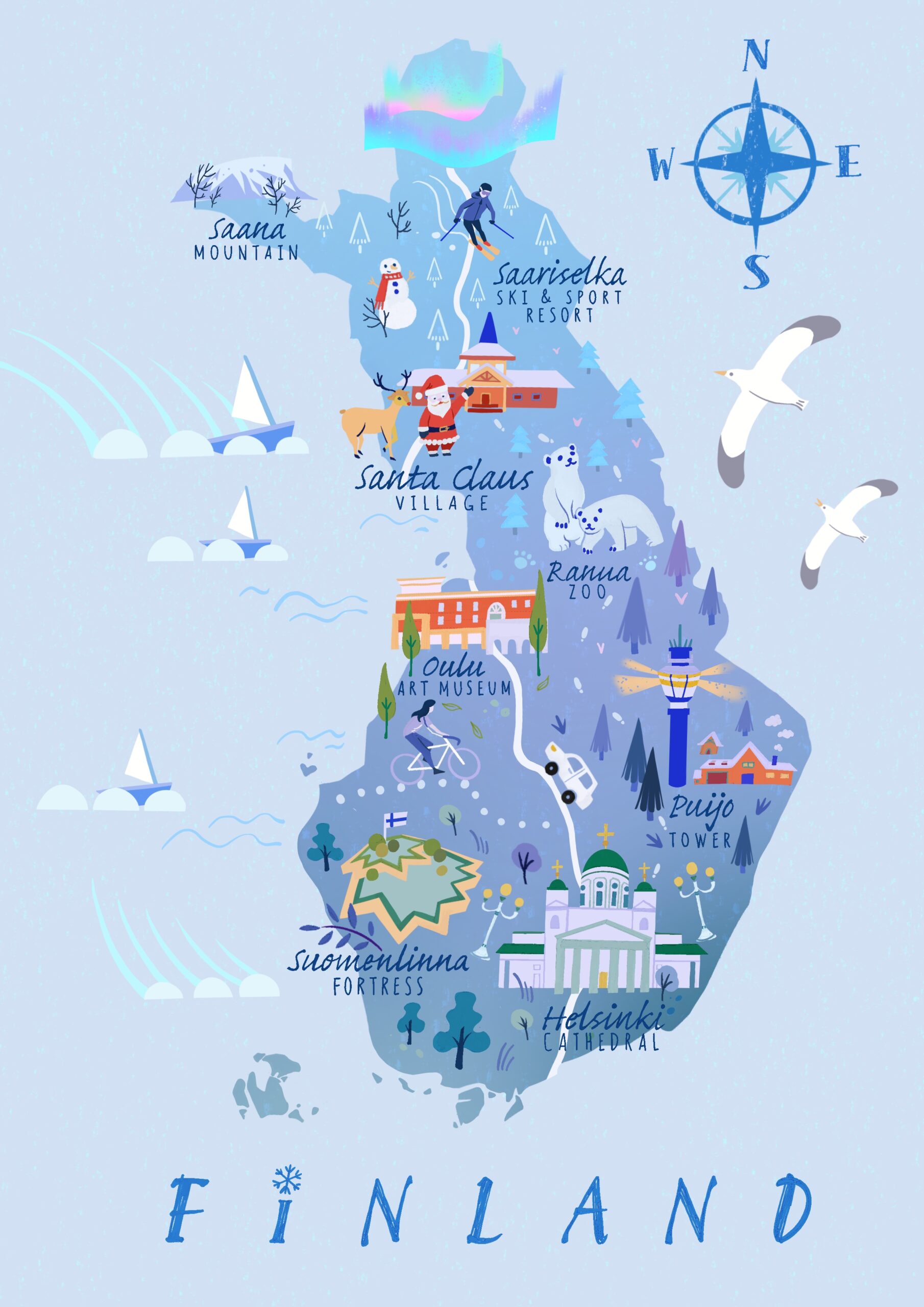
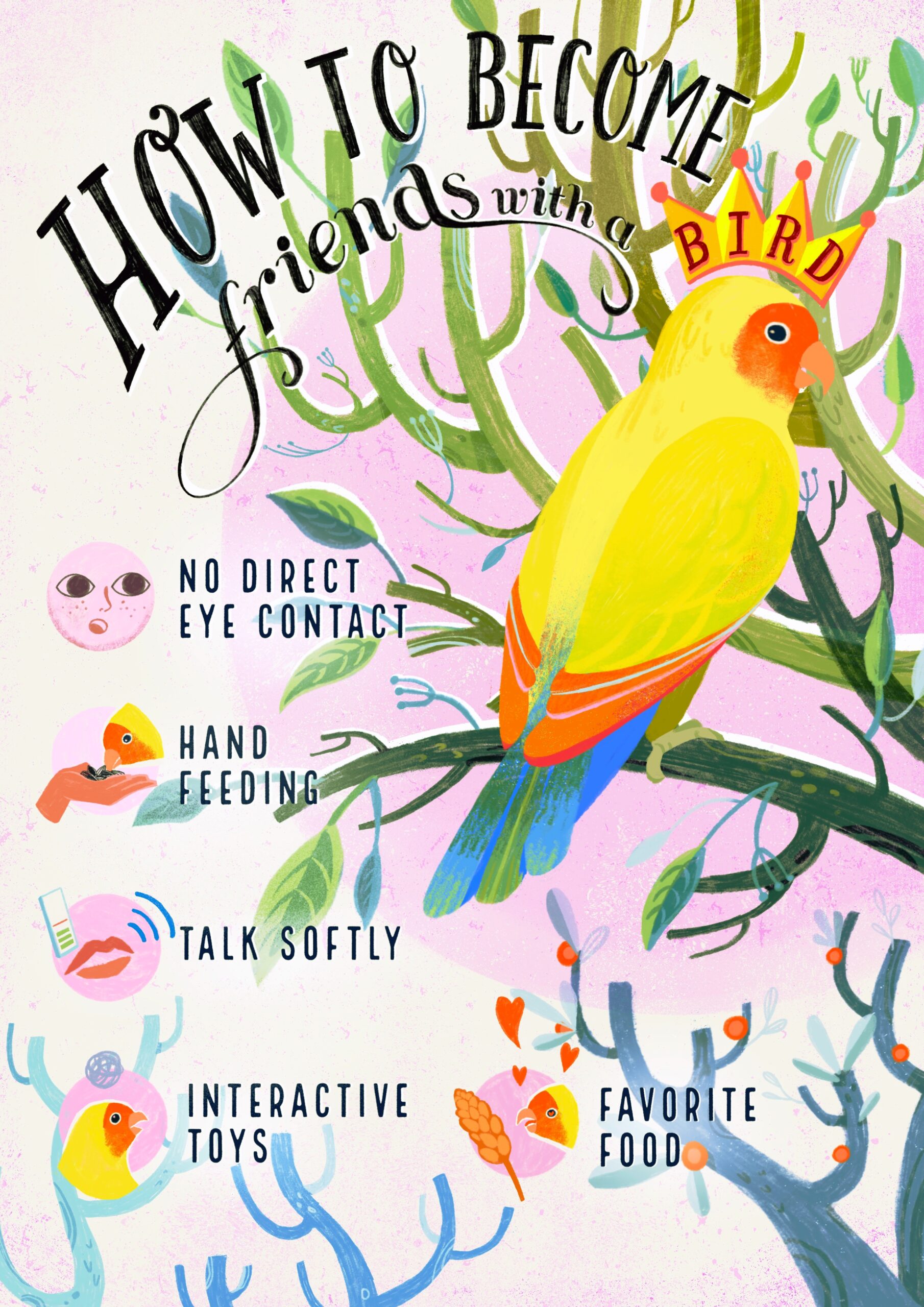
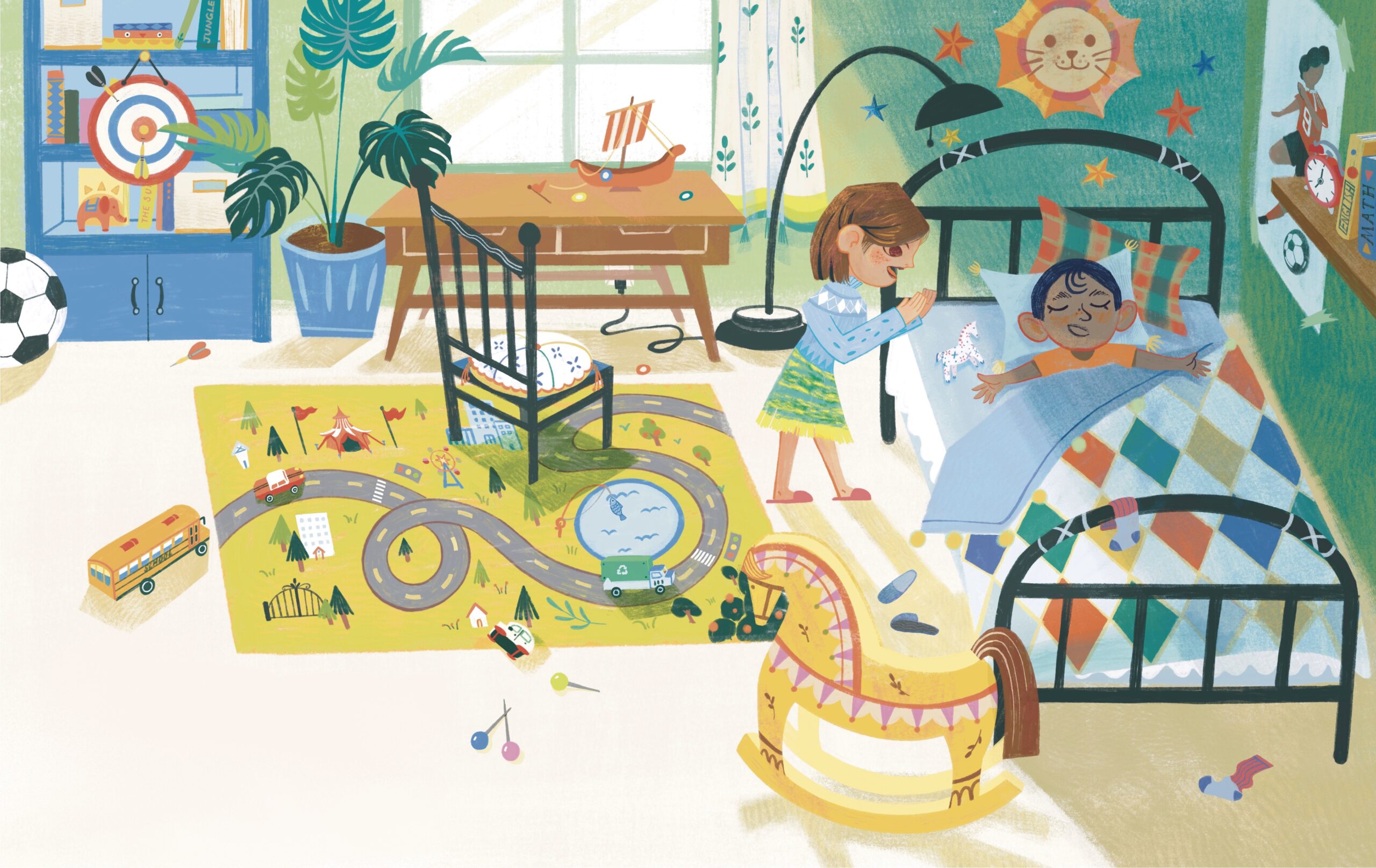
Image Credits
© Yokiz Xi 2024

